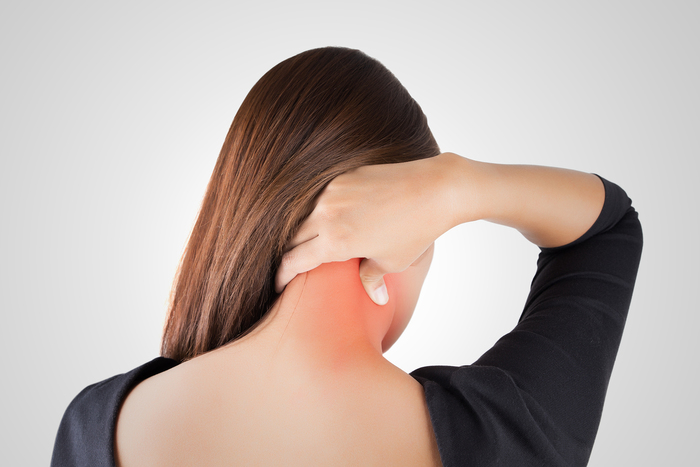Neck Pain

Degenerative Disc
Degenerative disc disease (DDD) is part of the natural process of growing older. Unfortunately, as we age, our intervertebral discs lose their flexibility, elasticity, and shock absorbing characteristics. The ligaments that surround the disc, called the annulus fibrosis, become brittle and they are more easily torn. At the same time, the soft gel-like center of the disc, called the nucleus pulposus, starts to dry out and shrink. Degenerative disc disease is as certain as death and taxes, and to a certain degree this process happens to everyone.
Herniated Disc
When people say they have a “slipped” or “ruptured” disk in their neck or lower back, what they are actually describing is a herniated disk-a common source of pain in the neck, lower back, arms, or legs.
Myelopathy
Myelopathy is a term that means that there is something wrong with the spinal cord itself. This is usually a later stage of cervical spine disease, and is often first detected as difficulty walking due to generalized weakness or problems with balance and coordination. This type of process occurs most commonly in the elderly, who can have many reasons for having trouble walking or problems with gait and balance. However, one of the more worrisome reasons that these symptoms are occurring is that bone spurs and other degenerative changes in the cervical spine are squeezing the spinal cord.
Radiculopathy
Usually, when something hurts, you do not have to look far to find the source of the pain. But an injury near the root of a nerve can result in pain at the end of the nerve where sensation is felt. For example, an injury to the vertebrae or disks in your neck (cervical vertebrae) can result in pain, numbness, or weakness in your shoulder, arm, wrist, or hand because the nerves that extend out from between the cervical vertebrae provide sensation and trigger movement in these areas. This condition is called cervical radiculopathy.
Spondylolysis
The most common cause of low back pain in adolescent athletes that can be seen on X-ray is a stress fracture in one of the bones (vertebrae) that make up the spinal column. Technically, this condition is called spondylolysis (spon-dee-low-lye-sis). It usually affects the fifth lumbar vertebra in the lower back and, much less commonly, the fourth lumbar vertebra. If the stress fracture weakens the bone so much that it is unable to maintain its proper position, the vertebra can start to shift out of place. This condition is called spondylolisthesis (spon-dee-low-lis-thee-sis). If too much slippage occurs, the bones may begin to press on nerves and surgery may be necessary to correct the condition.
Stenosis
The lumbar spine (lower back) provides a foundation to carry the weight of the upper body. It also houses the nerves that control the lower body. With aging, degenerative changes in the spine can occur. The disks between the vertebrae (bones) may become dehydrated, and the joints may become overgrown due to arthritis. Over time, these changes can also lead to narrowing, or stenosis, of the spinal canal.


